Have experience in distinguishing between Hydrangea aspera varieties?
garyz8bpnw
7 years ago
last modified: 7 years ago
Related Stories
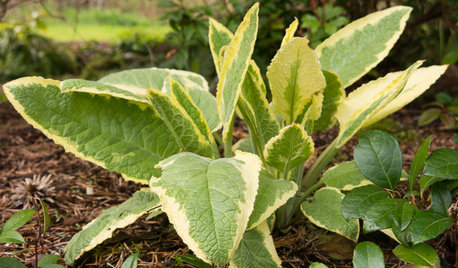
GARDENING GUIDESGreat Design Plant: Axminster Gold Comfrey for Sun or Shade
Plant this perennial for bold color that will light up shady spots, sparkle in the sun and add interest from spring until fall
Full Story
GARDENING GUIDES6 Plants That Beat Butterfly Bush for the Wildlife Draw
It's invasive, a nonnative and a poor insect magnet. Check out these better alternatives to butterfly bush in the garden
Full Story
GARDENING FOR BUTTERFLIESBe a Butterfly Savior — Garden for the Monarchs
Keep hope, beauty and kindness alive in the landscape by providing a refuge for these threatened enchanters
Full Story
GARDENING GUIDES7 New Plants to Grow for Beautiful Foliage
Add color, structure and interest to your garden with these recently introduced plants that sport exceptional foliage
Full Story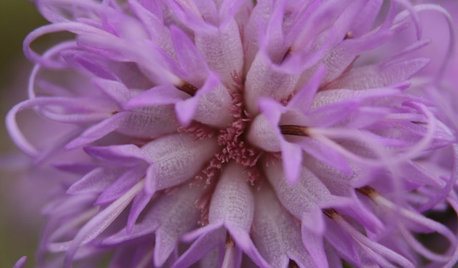
GARDENING GUIDESGreat Design Plant: Blazing Star
Attract birds, bees and butterflies to your garden with the unique flower spikes of Liatris from July to September
Full Story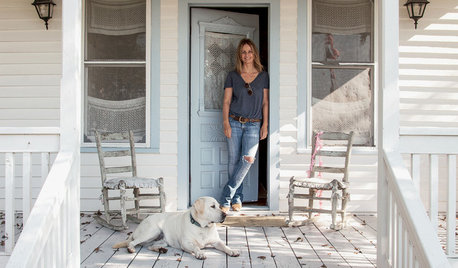
TASTEMAKERSCatching Up With the Queen of Shabby Chic
Rachel Ashwell defined a style embraced by countless fans over the past 25 years. Find out what she’s turning her sights to now
Full Story
GARDENING GUIDESGreat Design Plant: Asclepias Incarnata for a Butterfly Garden
Beautiful swamp milkweed makes it easy to help monarchs and other pollinators in eastern U.S. gardens
Full StoryMore Discussions






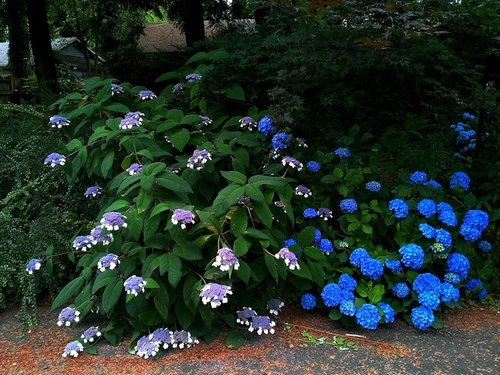
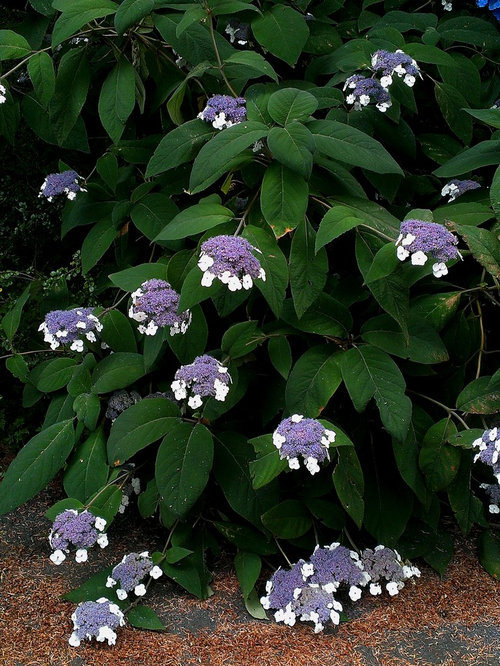
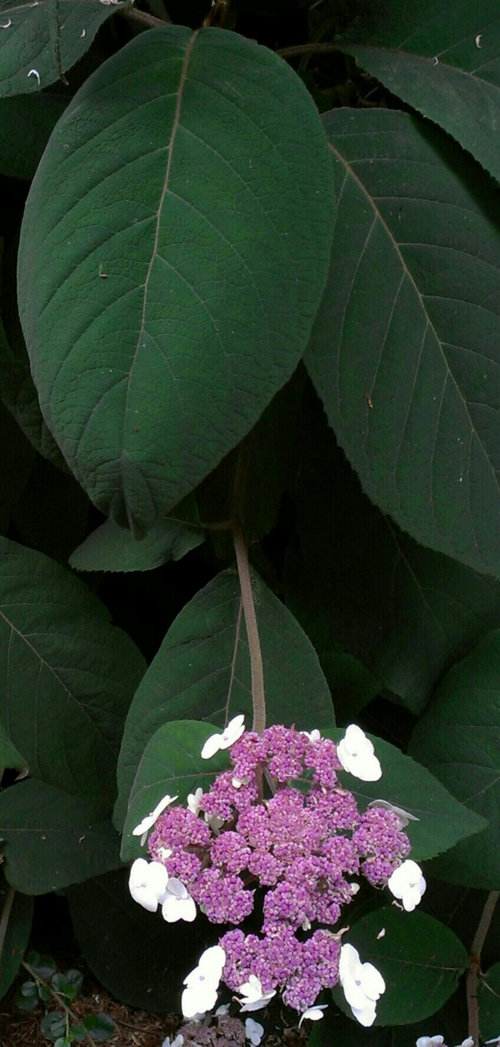
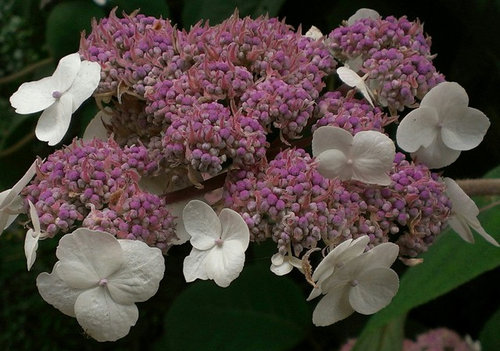

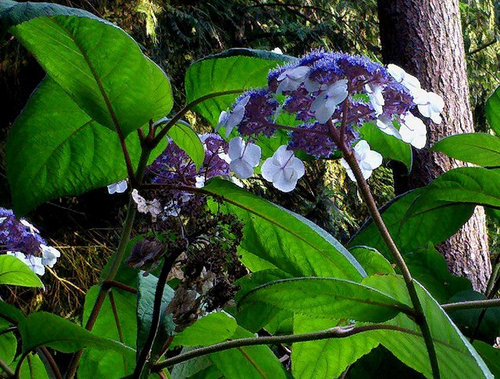
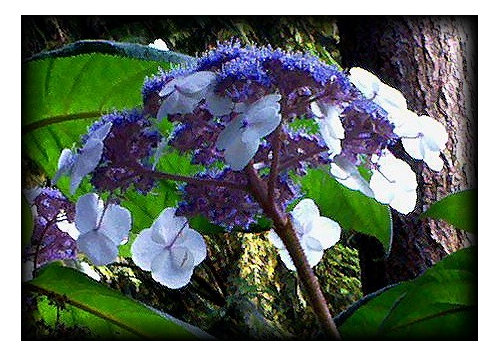
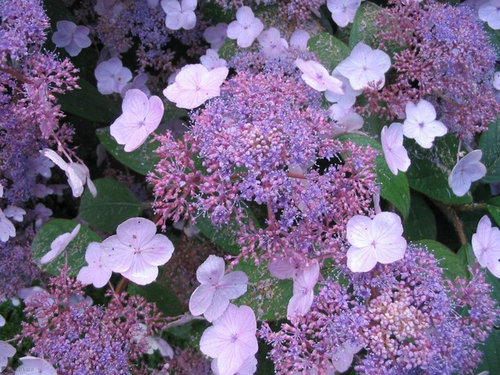

garyz8bpnwOriginal Author
gardengal48 (PNW Z8/9)
Related Professionals
Canton Landscape Architects & Landscape Designers · West Milford Landscape Architects & Landscape Designers · Andover Landscape Contractors · Brunswick Landscape Contractors · Centereach Landscape Contractors · Columbine Landscape Contractors · Emmaus Landscape Contractors · Methuen Landscape Contractors · Old Saybrook Landscape Contractors · Porterville Landscape Contractors · Seymour Landscape Contractors · West Covina Landscape Contractors · Goldenrod Landscape Contractors · Greenville Siding & Exteriors · Thornton Siding & ExteriorsEmbothrium
ophoenix